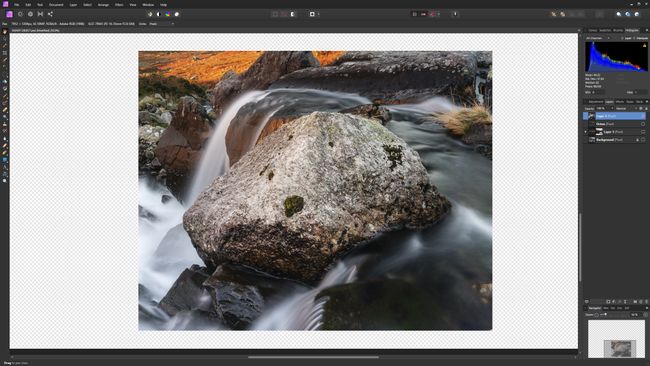
You can recover shadow data, reduce noise, adjust color, correct lens distortion, edit the tone curve, and even adjust the metadata. First, open a RAW file (all major RAW formats are supported, including DNG ), and use the sliders and options to edit it however you like using the Develop Persona.

You use the Basic tab to adjust exposure, contrast, clarity, saturation, white balance, shadows and highlights and more. Affinity Photo RAW editing is actually quite simple. It will open raw files as they are and will leave you to do any tweaking or fettling needed in its five tabbed panels. Affinity Photo is one of three Affinity applications for photographers, designers and publishers, but with a key difference compared to the Adobe alternatives – you do not pay a subscription, and get the sofware to keep to use on your Windows PC or Mac. Affinity Photo is not designed around automatic corrections and quick fixes. Adjustment panel Click on the Adjustment panel and near the bottom youll see LUT. If youre not going to go beyond editing and simple image compositing, there probably isnt a lot to choose between them now that Affinity is cross-platform and. Many other things are missing (presets, granular B&W controls) Basically, as a RAW processor its good for very basic operations but, if the exposure was correct, it would take me a lot of work to get somewhat close to the in-camera JPEG processor. How to Load LUTs into Affinity Photo Now well load up a LUT. Affinity cannot manage your photo library.

You can create presets for the Basic, Lens, Details, and Tones tabs. When youve done that, click develop which will essentially convert your RAW data into a pixel-based raster image. Simply go to the top right corner of the RAW Develop menu, and hit ‘Add Preset’ after you are done with adjustments. Here's where you can find descriptions and links to all 26 of our special Affinity Photo tutorials. Presets are a common workflow process in all forms of image editing software.


 0 kommentar(er)
0 kommentar(er)
